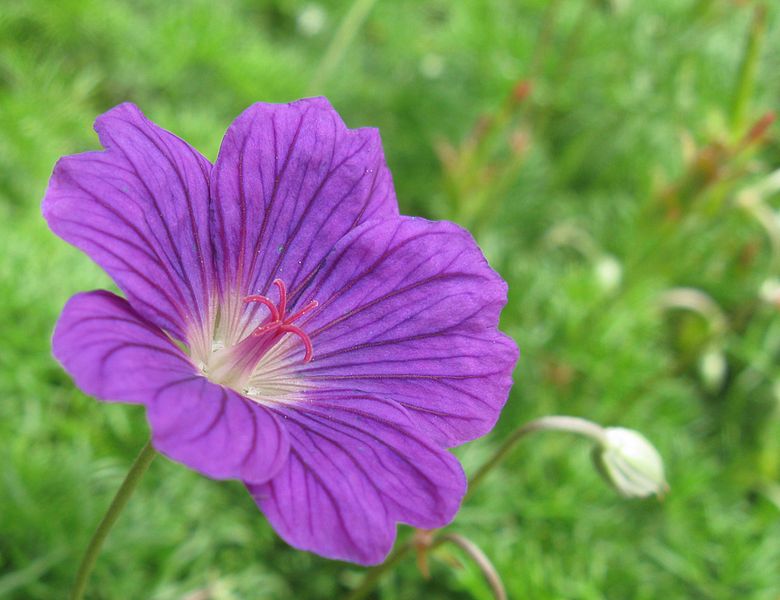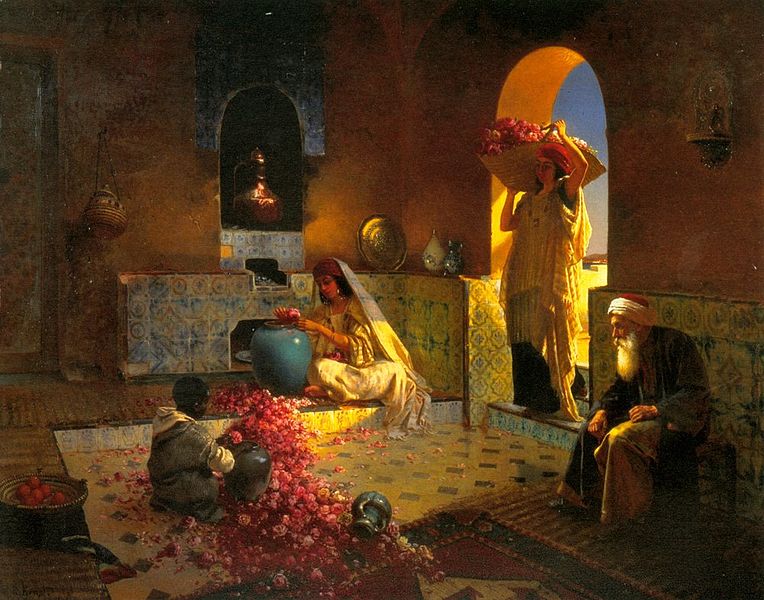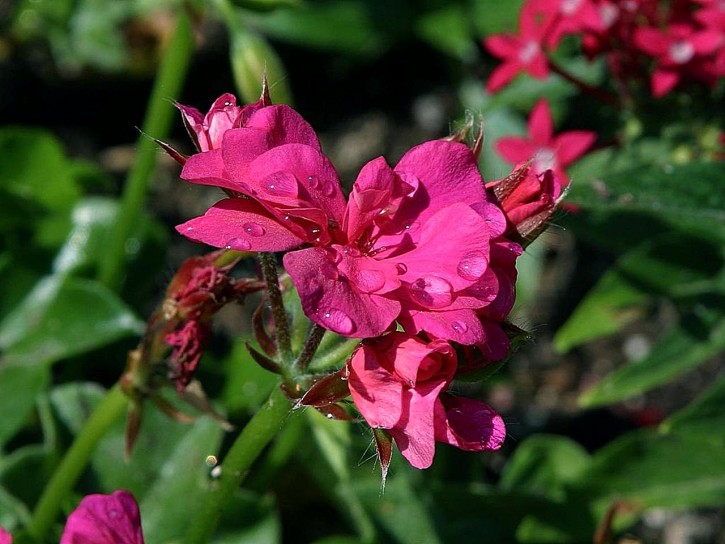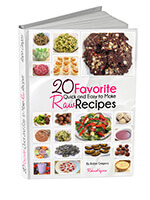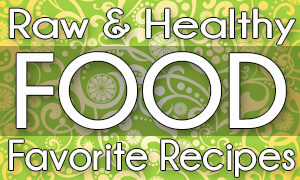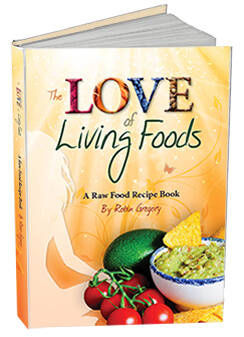Aromatherapy
2012
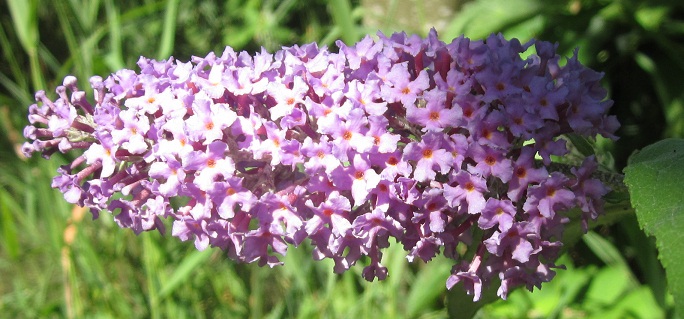
Aromatherapy uses essential oils for the purpose of healing and altering ones feelings and state of being. Essential oils are the aromatic extracts of plants and flowers. Essentially they are the life force of the plant and each has a unique chemical composition that gives the oil its own individual properties enabling it to effectively treat a wide variety of conditions, such as headaches, nausea, insomnia, stress, muscular pains, depression and more.
Often oils will work on the whole body and have complimentary healing properties, such as chamomile which has antiseptic properties to cleanse and heal a wound and at the same time calming properties to soothe the nervous system, thus reducing both the emotional and physical aspects of pain. Essential oils are often flexible in their application and they are pleasant to use and can be used in many ways.
Each essential oil has a unique blend of complex chemicals which are responsible for their healing properties. On average and essential oil may contain 400 constituents, each having its own properties, but it is the synergistic action of them together that gives each oil its power.
Aromatherapy
The most powerful ways of using essential oils combines both inhalation and absorption, such as bath or massage. Molecules of essential oils are so small that they quickly enter the bloodstream and are carried throughout the body via the lymphatic tissues and circulatory system.
Inhaling the essential oil carries its fragrance molecules to the limbic system, the area of the brain connected to the body’s basic drives: breathing, sleeping, hunger, thirst, sex drive, emotions, memories and so on. Essential oils inhaled produce feelings, sensations and emotions that relax, arouse, stimulate, calm, and produce a feeling of wellbeing.
Ways of using Essential Oils:
Bath – one of the easiest and most beneficial ways of using essential oils. It combines the benefits of inhalation with absorption through the skin.
Massage – combines the therapeutic aspects of touch with the healing properties of essential oils.
Skin care – Oils mixed with a cream will moisturize and soften skin while providing the oils healing benefits.
Perfume – Create a personal scent that is emotionally beneficial as essential oils have a direct link to our emotions.
Diffuser – the essential oil is heated, often drops are added to water above with a candle underneath to diffuse the scent into the air. Create a desired atmosphere: sensual, uplifting, relaxing or warm and friendly.
Atomizer – Quick and effective way to deodorize, disinfect or scent a room. Fill a mister or sprayer with water and add oil. Add approximately 6 drops to each ounce of water and shake well before using.
For many oils it takes a lot of plant material to make a small amount of essential oil. It takes 6000 rose petals to make 1 ounce of rose oil, yet orange oil is plentiful in its peel.
Blending Oils
Synergy – when you blend 2 or more compatable oils together you can create a synergistic blend, that is when the combination of the oils together is more powerful than the sum of each one individually. To create a synergistic blend it is important to know the properties of each oil.
Some properties of Essential oils
Relaxing: lavender, cedarwood, rose, bergamot, neroli, chamomile
Stimulating: eucalyptus, peppermint, lemon, rosemary
Aphrodisiac: jasmine, neroli, ylang ylang, patchouli, sandalwood
Anti-depressants: geranium, rose, chamomile, clary sage, ylang ylang, neroli
Detoxifying: lmon, orange, geranium, grapefruit
Antiseptic: eucalyptus, geranium, bergamot, clary sage, lavender, tea tree
Anti-inflammatory: frankincense, lavender, chamomile, geranium, patchouli
Blending Tips
- Blend oils with similar properties
- Create blends using 2 or 3 oils at a time. Only experiment with more complex combinations when you have more experience and are comfortable with the basic principles
- Blend one drop at a time; one drop can transform a blend.
- Keep notes. Record carefully which oils you use, and how much. This will help you recreate a blend you like.
- Blend small amounts until you create a combination you enjoy.
- Store and keep your oils in dark colored glass or non pourous bottles or containers away from light and heat. Labels your oils carefully with which oils you used, amounts and date made.
- Enjoy the process.
